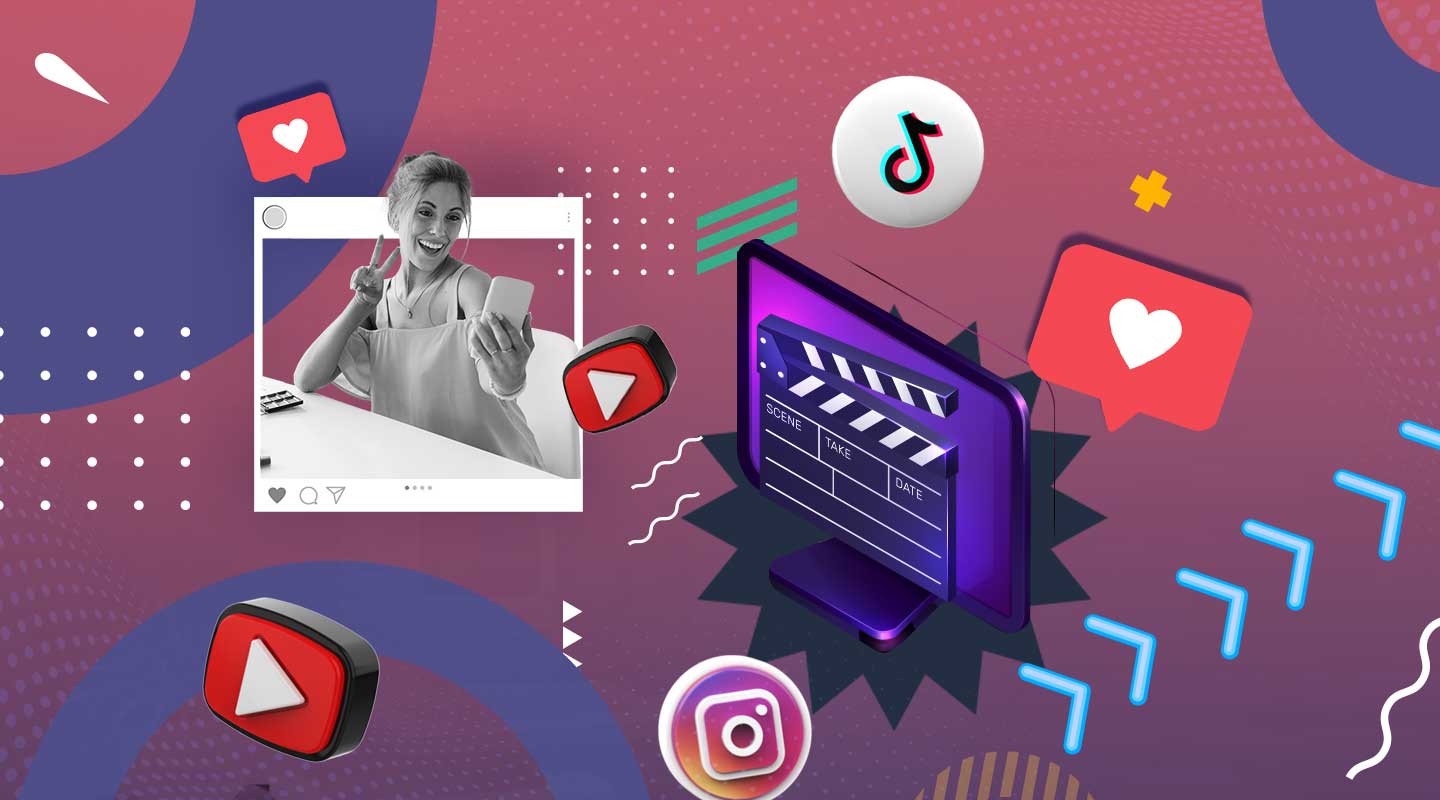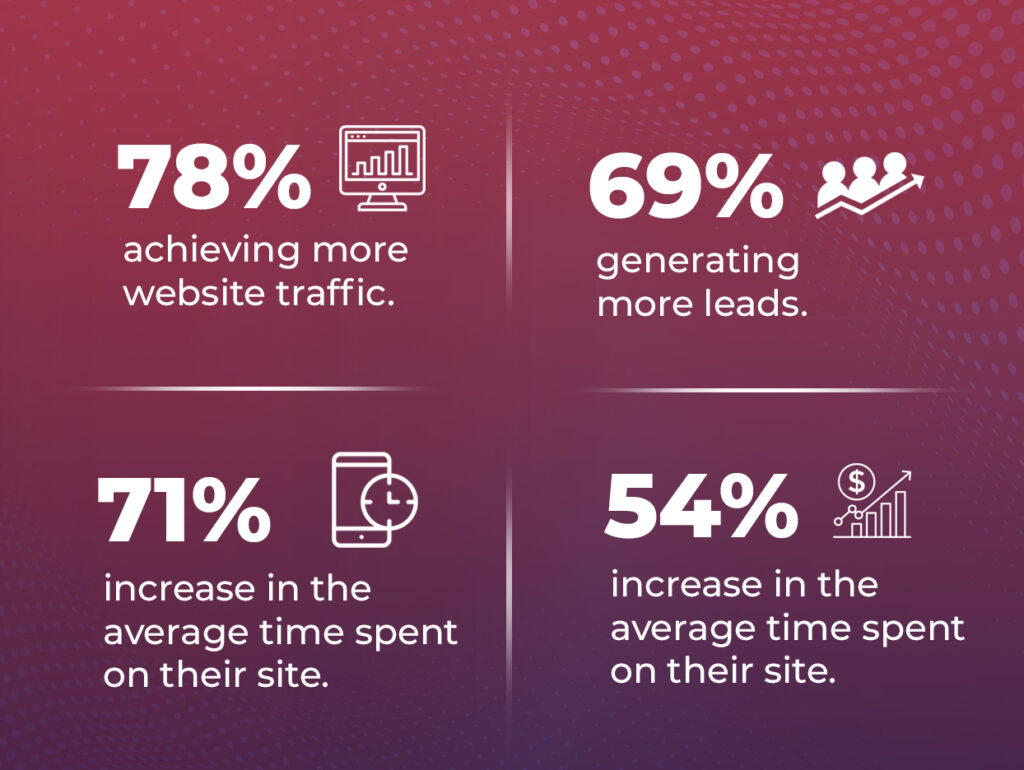
Did you know that 90% of the information transmitted to our brain is done through visuals?
According to scientific research, our brain acknowledges visual language more conveniently and processes images or visuals 60,000 times faster than text.
Having been in the creative industry for years now, I have seen the amazing benefits of video from different agencies and I am here to gladly take you through the wonderful world of video, and how it can bring tremendous benefits to your business.
1. The 4 E’s of Great Content
Engaging – People are drawn to good stories, so use video as a tool to communicate them clearly and well.

Emotional – Having people on camera or simply using a voice-over on a screen recording, helps establish a connection and even a sense of authority over your audience.

Educational – Video is more memorable and processed by our brains faster than text. The information conveyed through this medium is more likely to be stored in long-term memory in comparison.

Empathetic – Putting a human face in front of a screen helps build authenticity and trustworthiness. Discuss problems experienced by people and how you intend to solve them.

2. Video Content for Business
As consumers navigate products and services, they now expect video media to learn about their features and help inform their decision-making processes.
87% of businesses already use video as a marketing tool, and this number only continues to go up with COVID-19’s economic changes.
According to a Renderforest Survey, videos help marketers and businesses yield engagement and ROI with:

Also, did you know that Google is the parent organization behind YouTube?
This means using and embedding YouTube videos automatically improves your overall search engine rankings.
According to Moovly, your chances of making it to the top of search results increases by over 50 times.
More than 40% of internet users spend more than an hour a week, simply watching videos Facebook and YouTube videos.
And more than 60% of these are more likely to share videos of brands, compared to brands with no video content.
3. Video Editing
This refers to the process to create new work through the rearrangement and manipulation of video shots.
It is usually considered one part of the post-production process which includes colour correction, sound mixing, titling, etc.
I discovered video editing through a good friend who transferred to our school. He was always editing videos just for fun, and I grew to admire his skill and passion for it.
At first, as it was for me, video editing can seem overwhelming to learn.

With the countless buttons immediately in view, it can be confusing to know where to start.
But thanks to countless tutorials now available on YouTube, TikTok, & other social media platforms – anyone with internet access can easily learn from them!
Once you get the hang of the software, try working on on small projects, and privately replicating others’ work to understand the process behind them.
Experiment with adding in effects and transitions.
It may be difficult in the beginning, with some instances wherein one may feel stuck, or the computer suddenly crashes. But in time and with practice, anyone can slowly but surely become an expert!
4. Main Stages of Video Production
Pre-Production – It involves the planning stages of the entire process, which begins with storyboarding, and animatic pre-visualization for film and design.
Production – This refers to the entire process of producing and creating video. Whether a television commercial, business marketing video, short film, full-length movie, music video, or other types of film – the specifics of the process for each vary only by a little.
Post-Production – The final stage for the finishing touches. This is where titling, colour correction, and sound mixing come in.
5. Software Recommendations
Adobe Premiere Pro – Commonly used to edit, manipulate, and arrange different elements such as effects, filters, titles and CC in a visual timeline.
After Effects – For motion graphics and visual effects, this is an industry-standard tool. With it, artists and post-production professionals generate visually stunning work for film, TV, video, and the web.
Video content is an incredibly powerful tool which allows businesses to create exceptional and relatable content by combining storytelling with multimedia offerings. These are essentially what help to craft essential narratives for products and services.
Utilising video resources will ultimately help you grow your audience, no matter what your business model. When done right, it can help to develop scalable marketing to elevate revenue.
So what are you waiting for? If you haven’t yet, learn how to start creating video content or contact xDNA Interactive for professional help here today.
References:
https://geekflare.com/why-video-marketing/
https://www.cobizmag.com/why-video-content-is-important-for-your-business/

